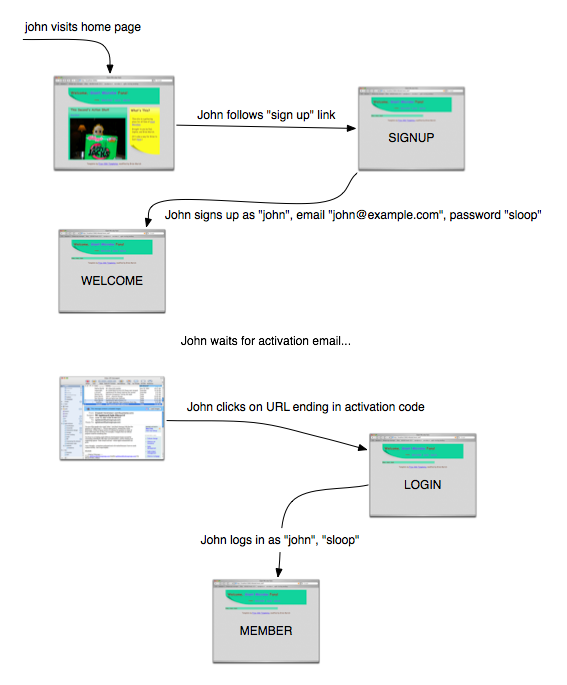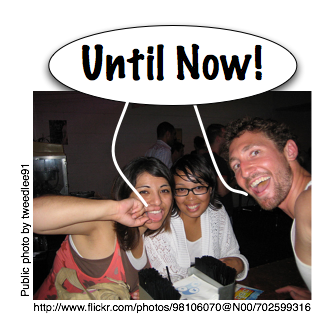Functional testing tools workshop
Agile Alliance Functional Testing Tools Visioning Workshop
Call for Participation
Dates: October 11 - 12, 2007
Times: 8 AM - 5 PM
Location: Portland, Oregon
Venue: Kennedy School
Description
The primary purpose of this workshop is to discuss cutting-edge advancements in and envision possibilities for the future of automated functional testing tools.
This is a small, peer-driven, invitation-only conference in the tradition of LAWST, AWTA, and the like. The content comes from the participants, and we expect all participants to take an active role. We’re seeking participants who have interest and experience in creating and/or using automated functional testing tools/frameworks on Agile projects.
This workshop is sponsored by the Agile Alliance Functional Testing Tools Program. The mission of this program is to advance the state of the art of automated functional testing tools used by Agile teams to automate customer-facing tests.
There is no cost to participate. Participants will be responsible for their own travel expenses. (However, we do have limited grant money available to be used at the discretion of the organizers to subsidize travel expenses. If you would like to be considered for a travel grant, please include your request, including amount needed, in your Request for Invitation.)
(more…)




